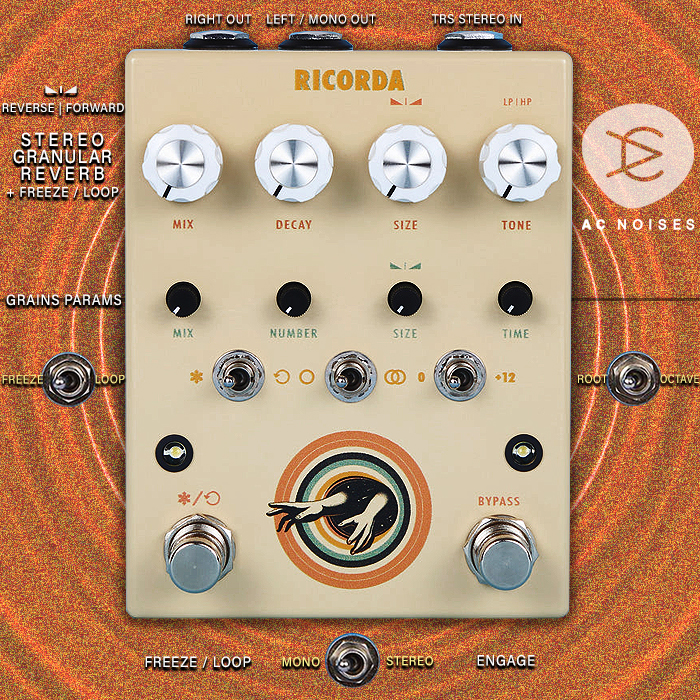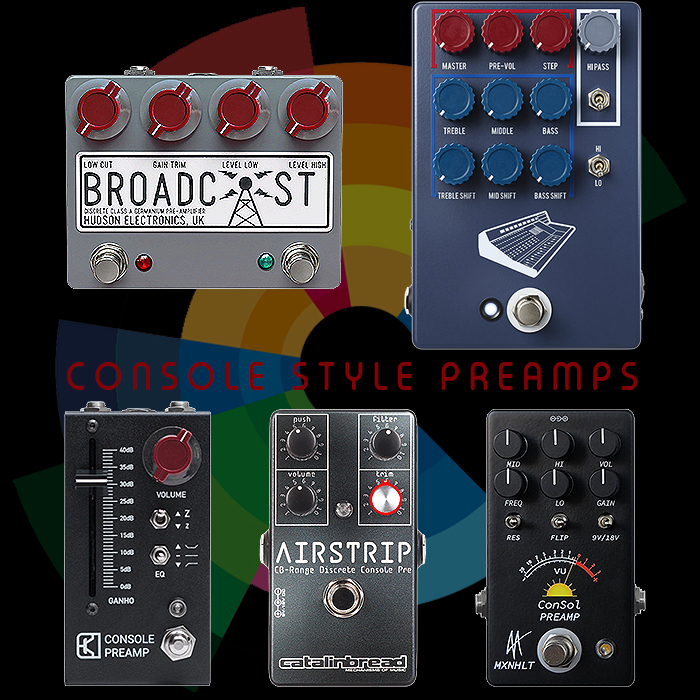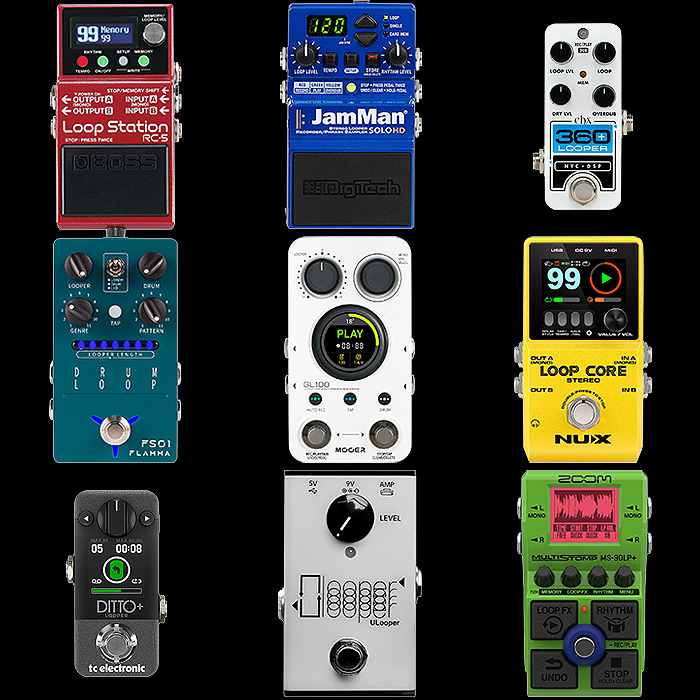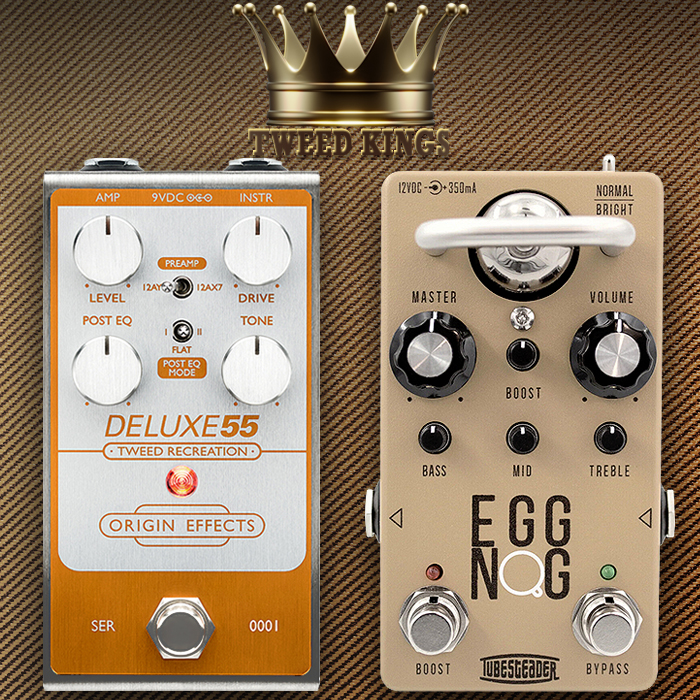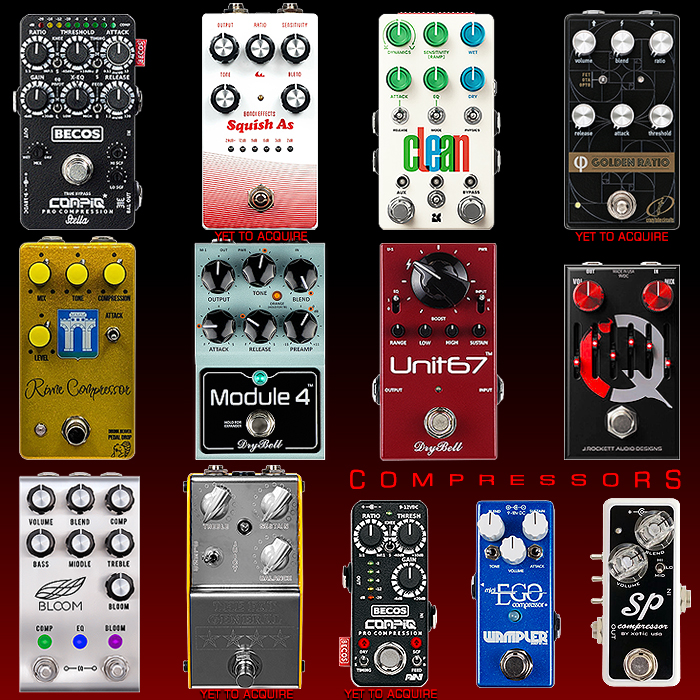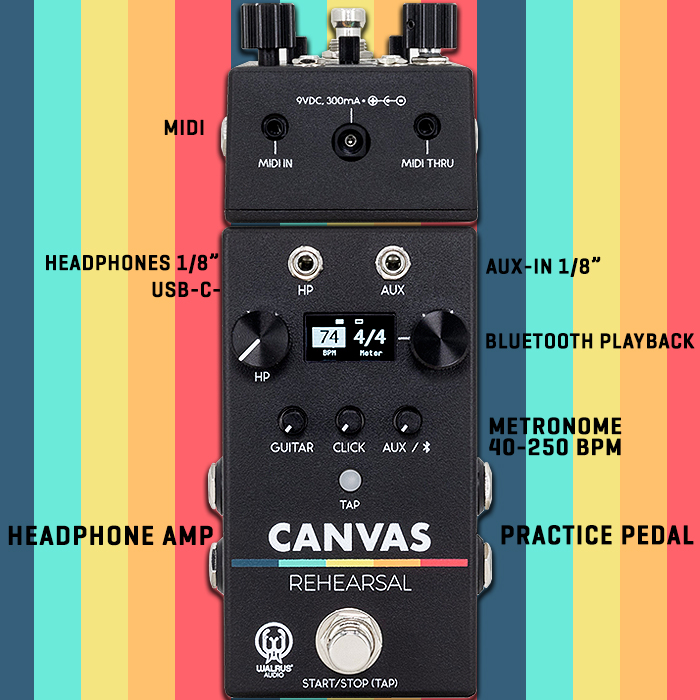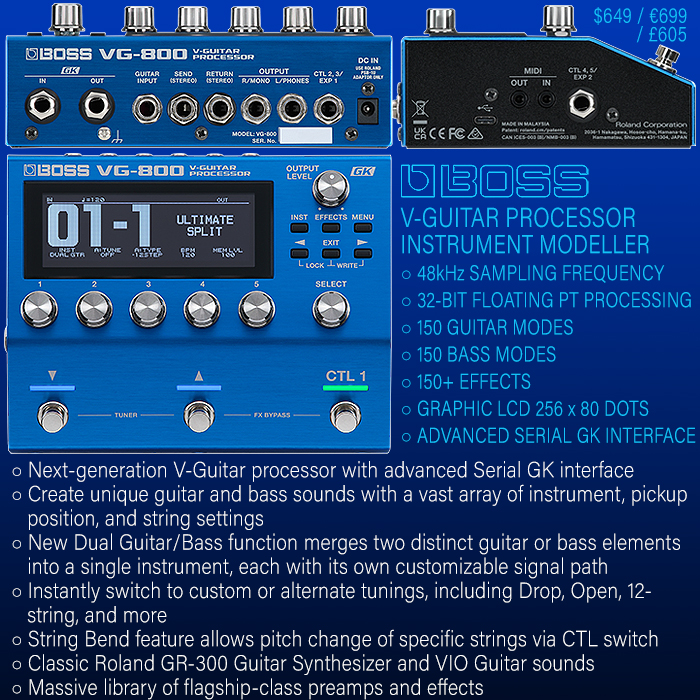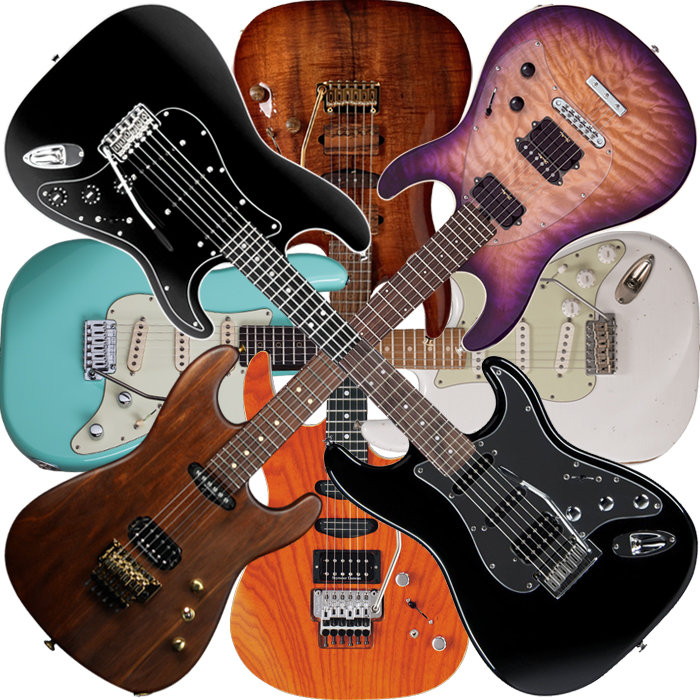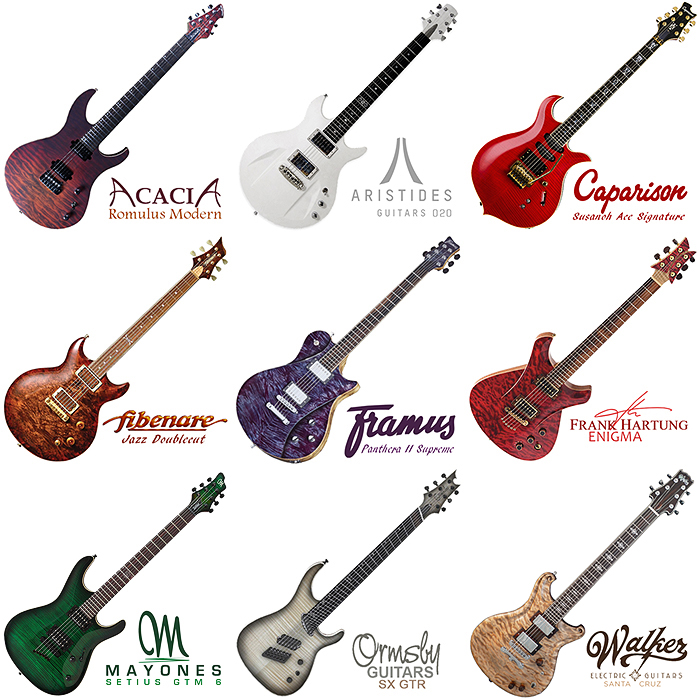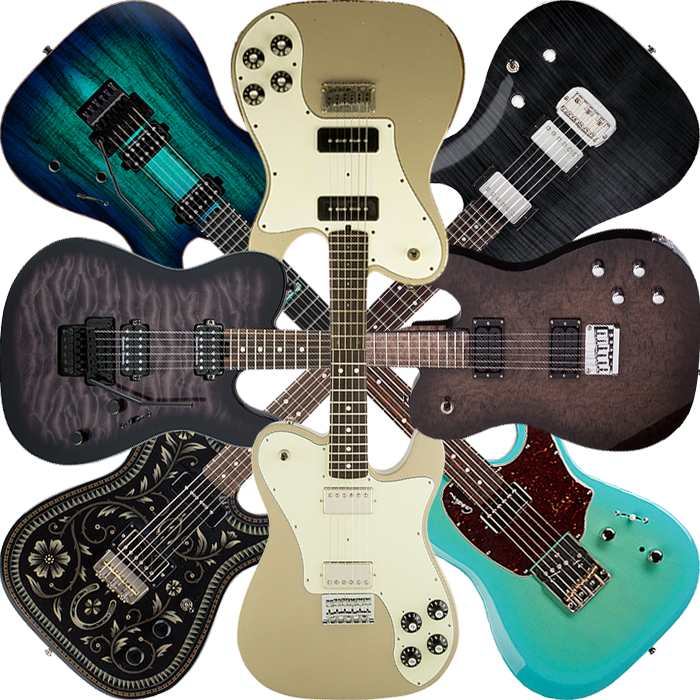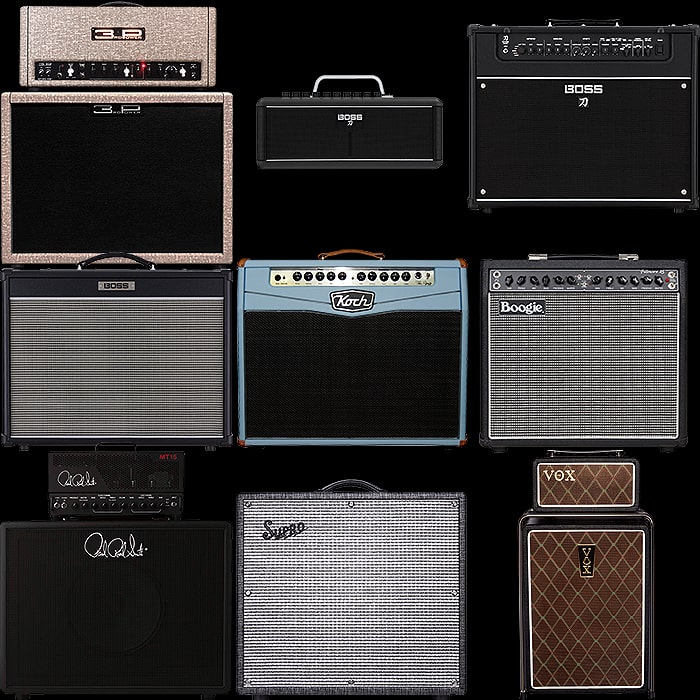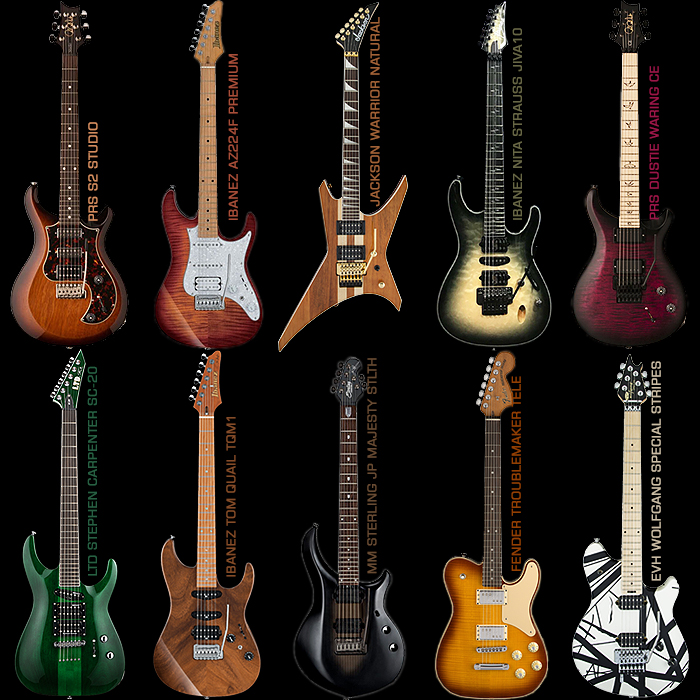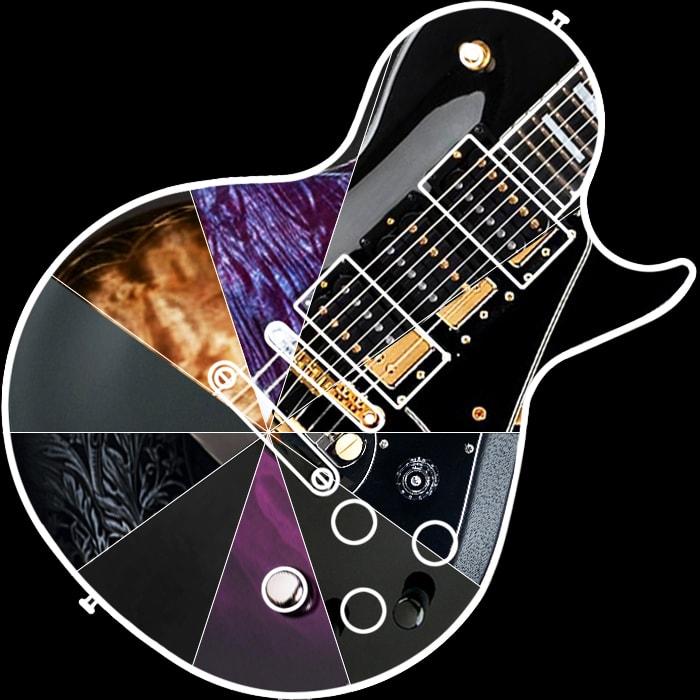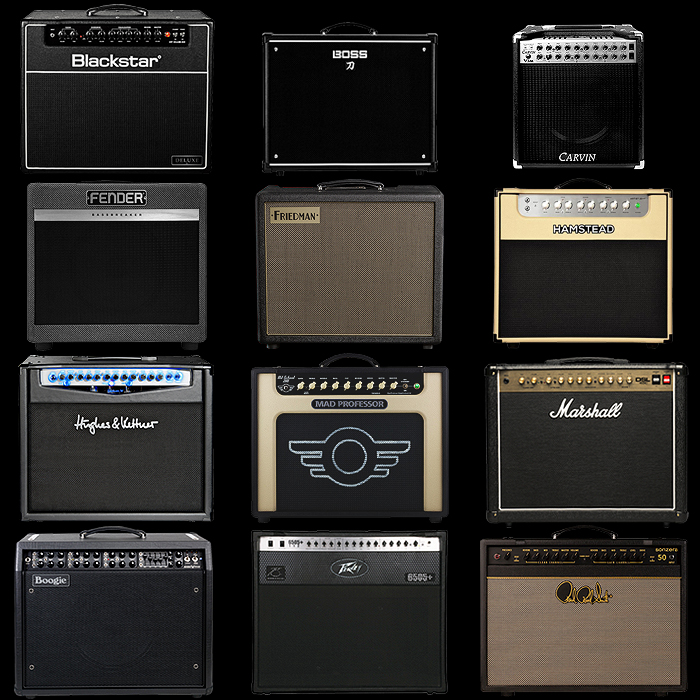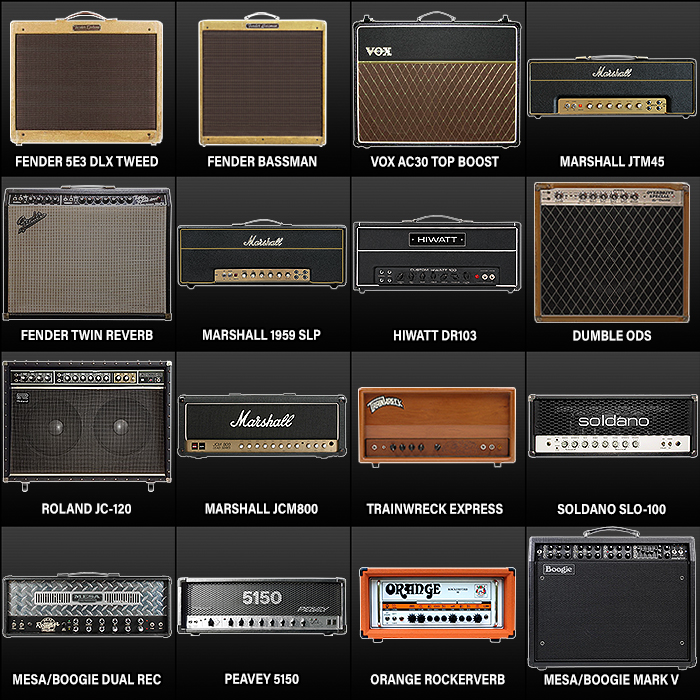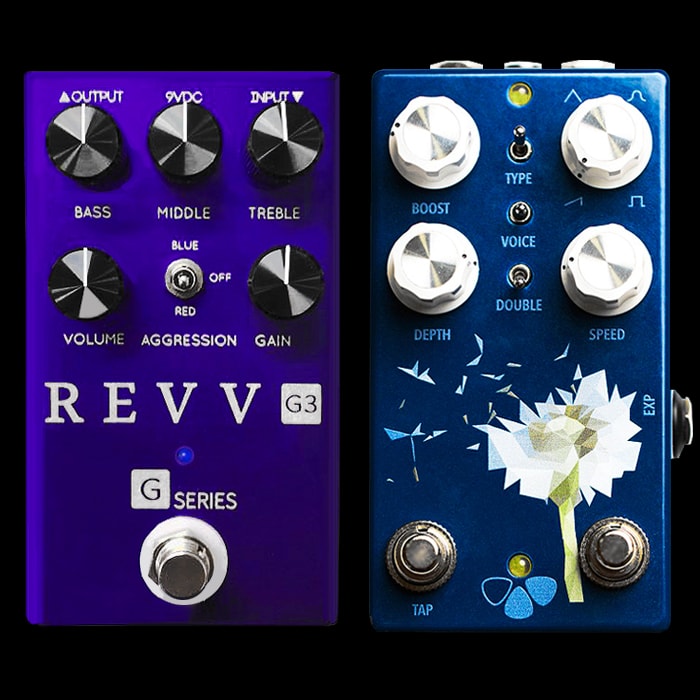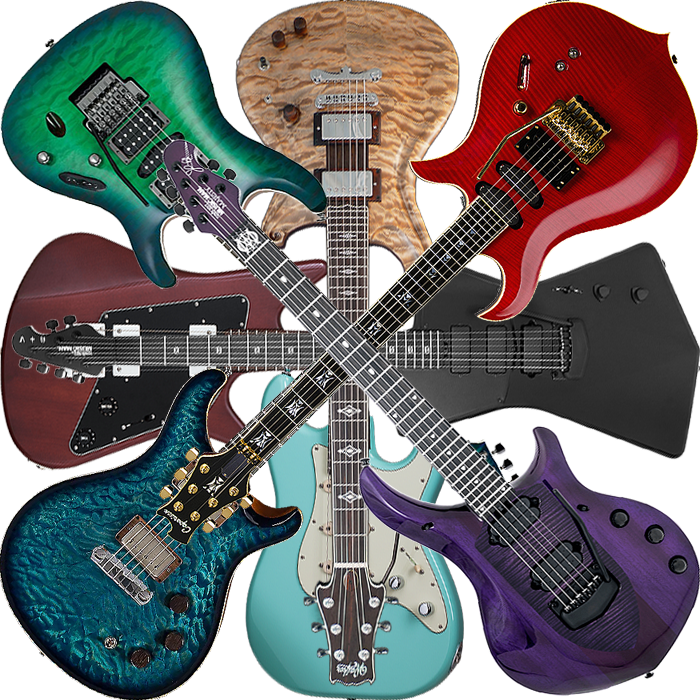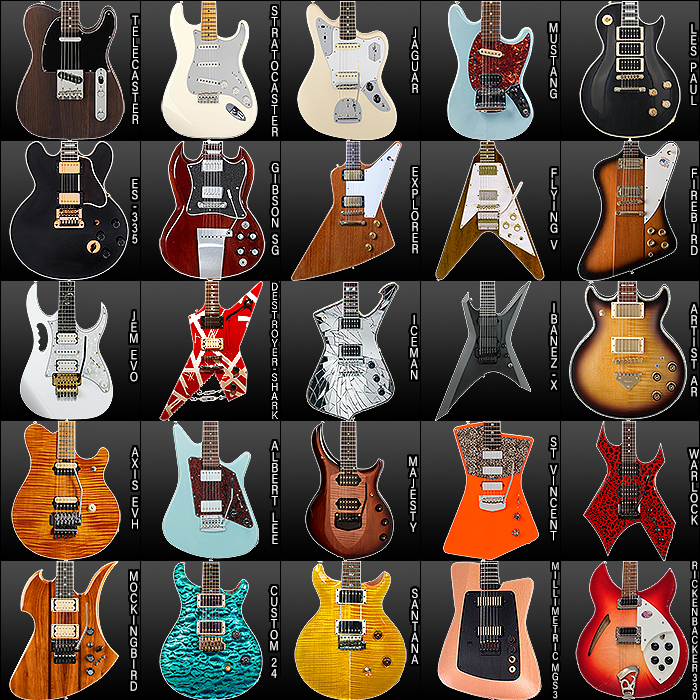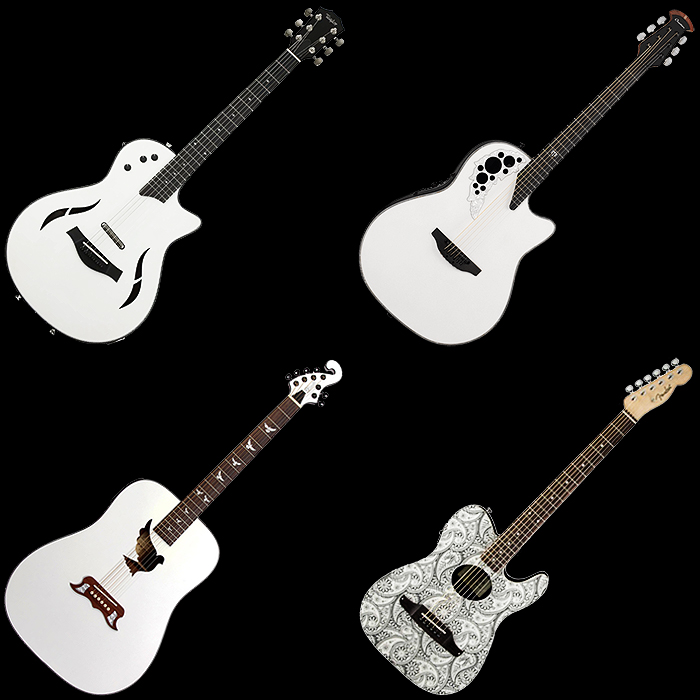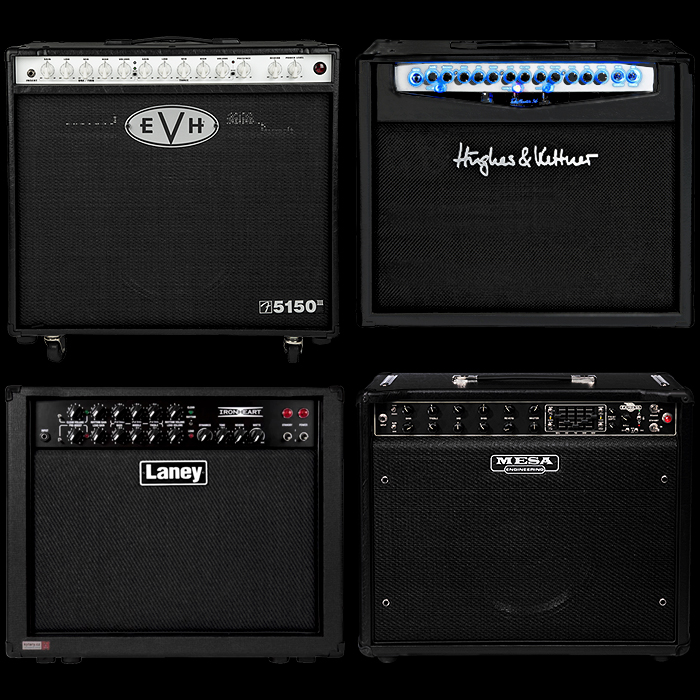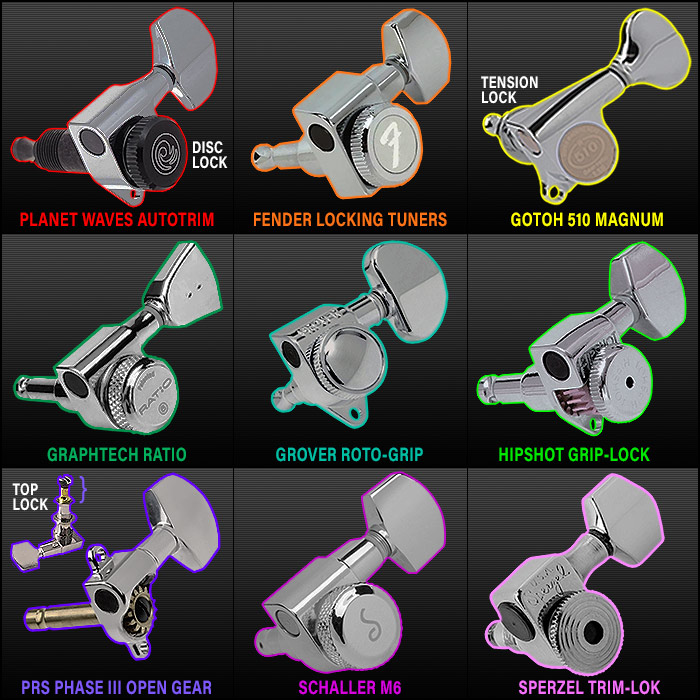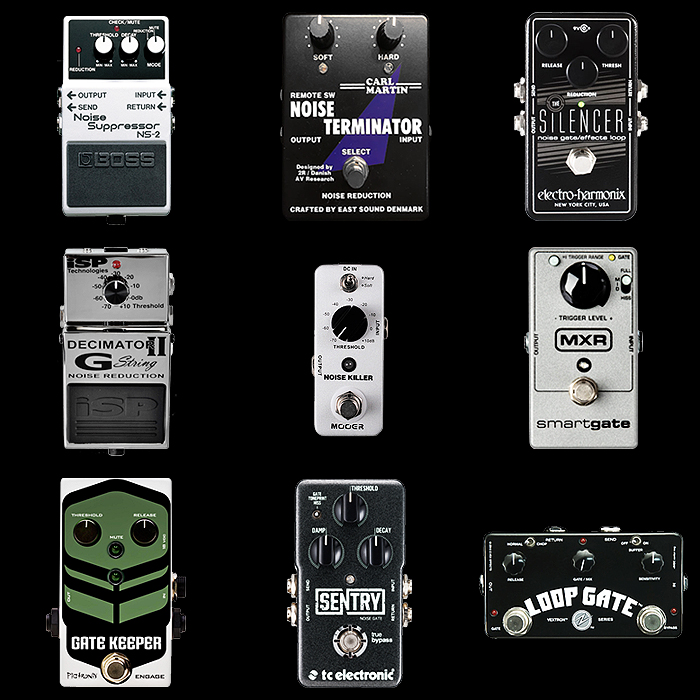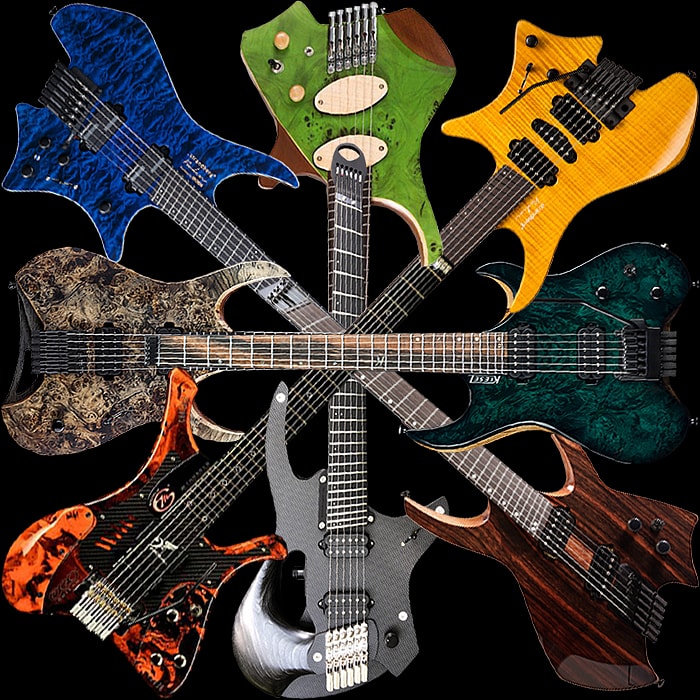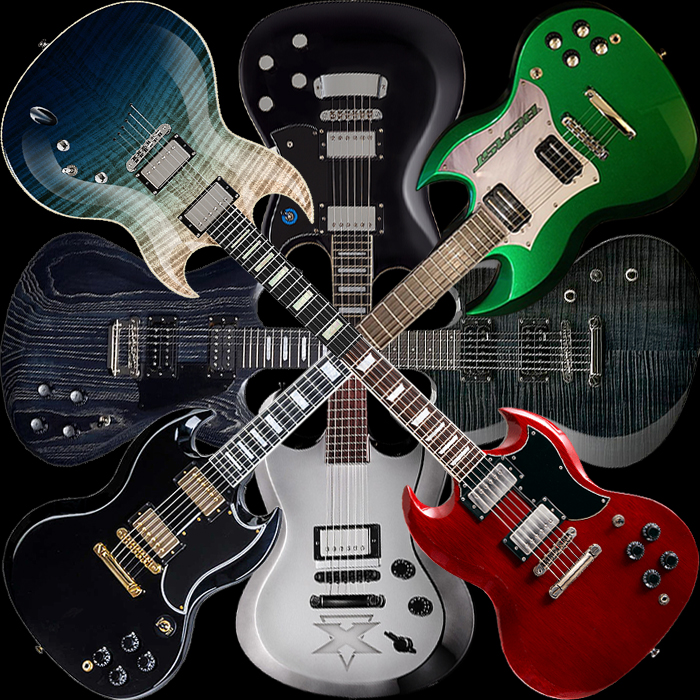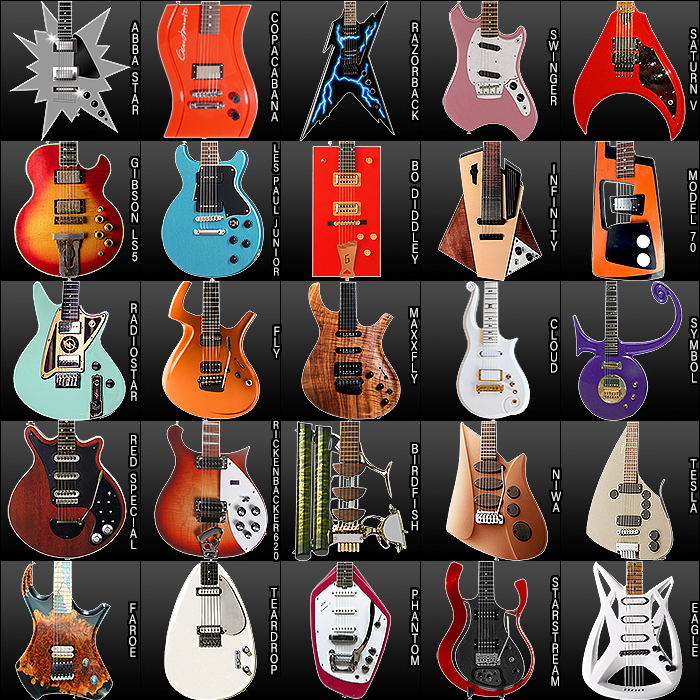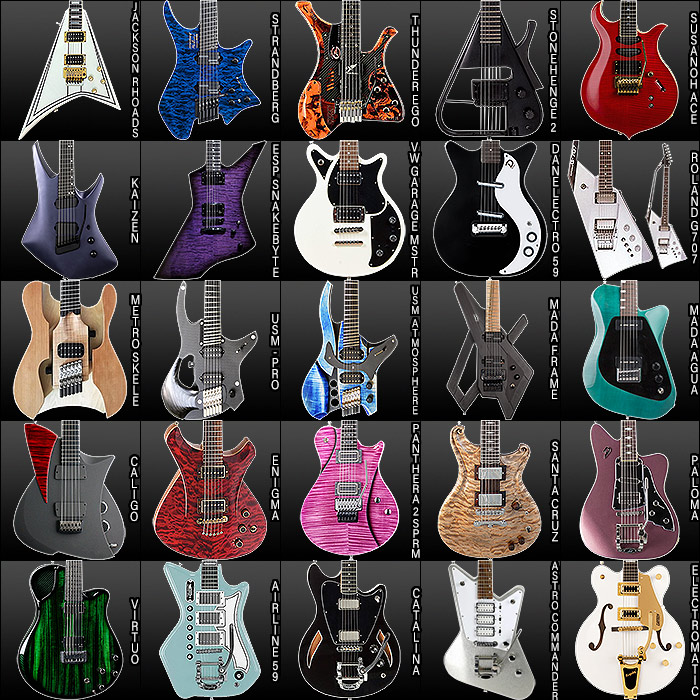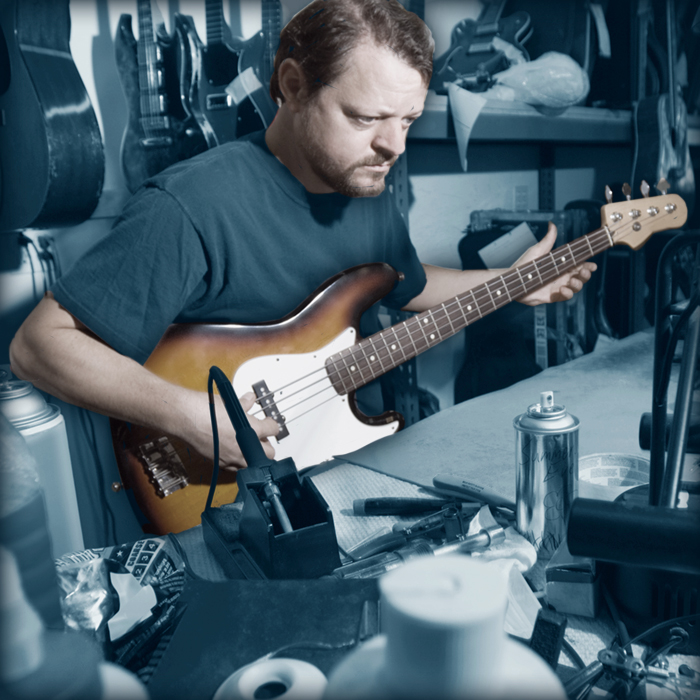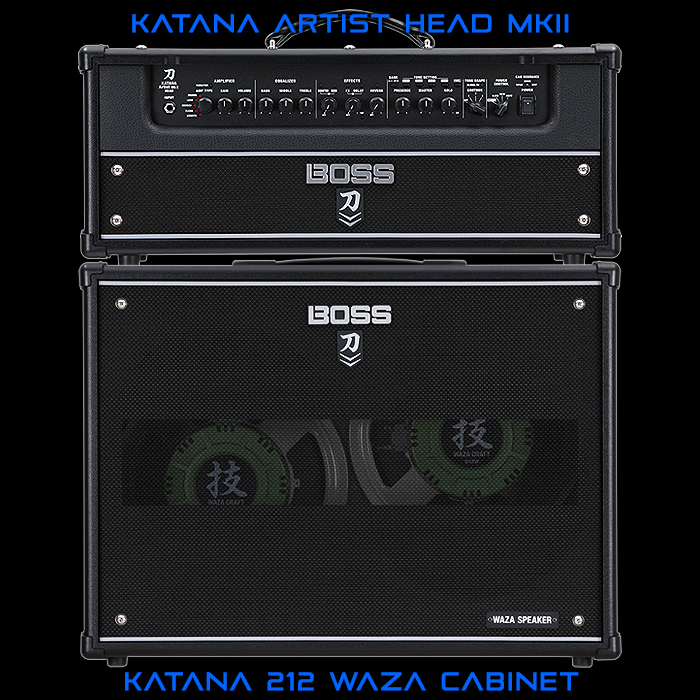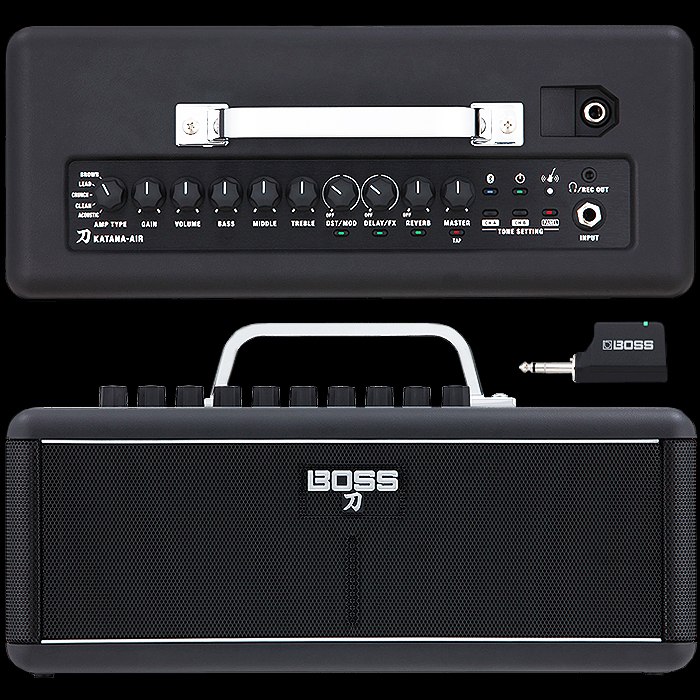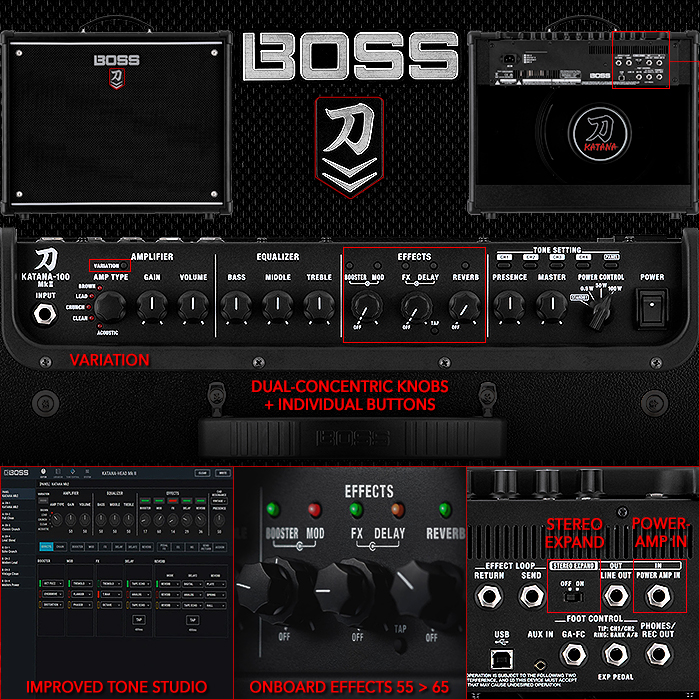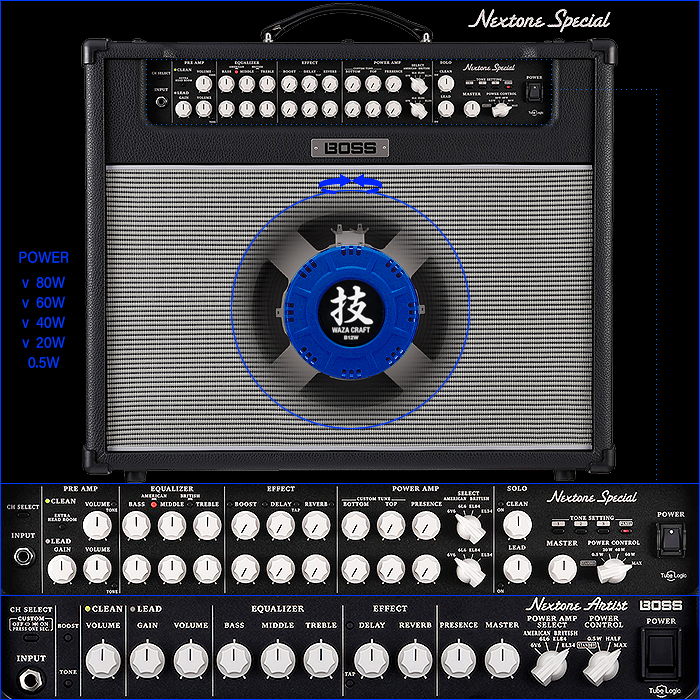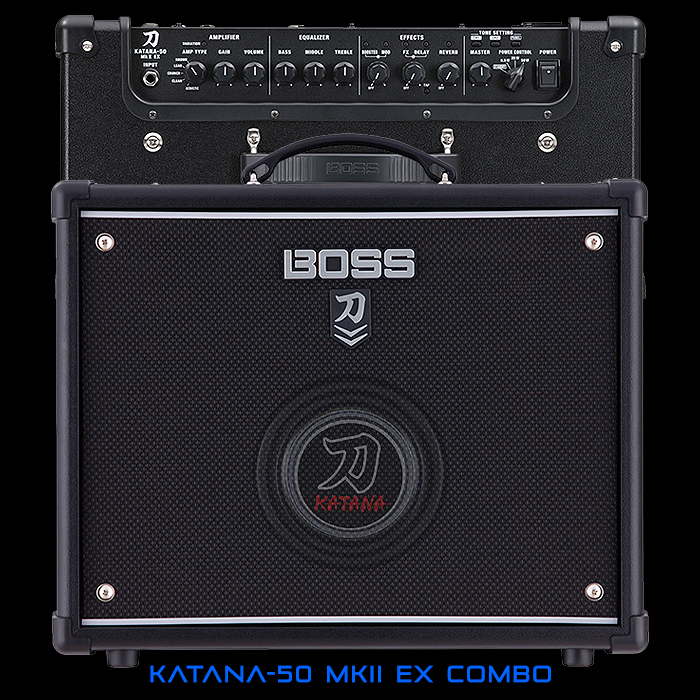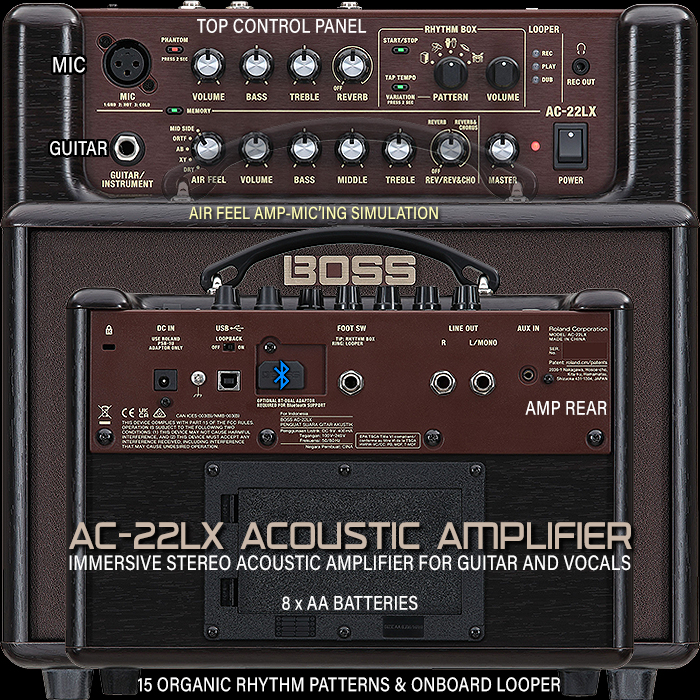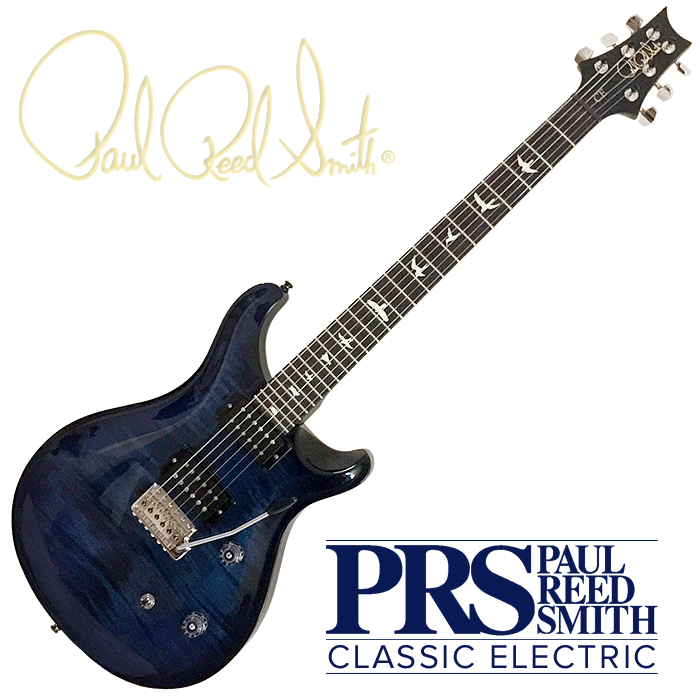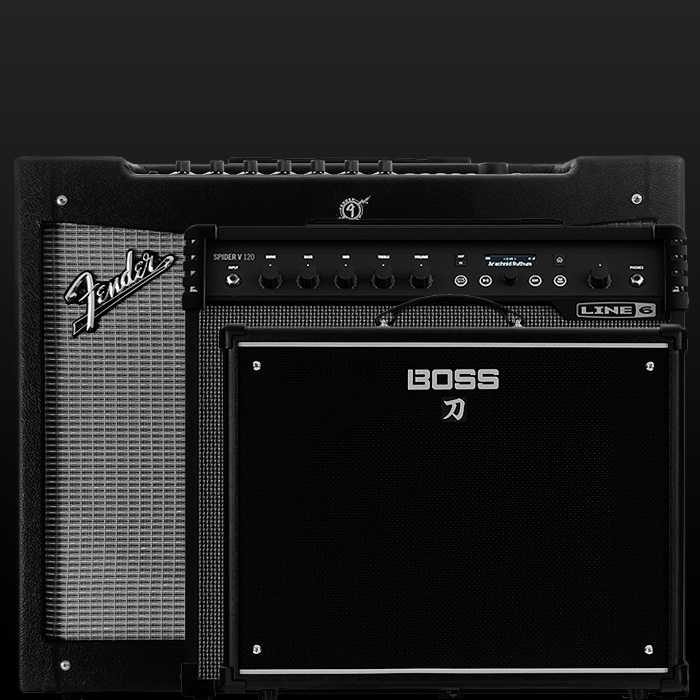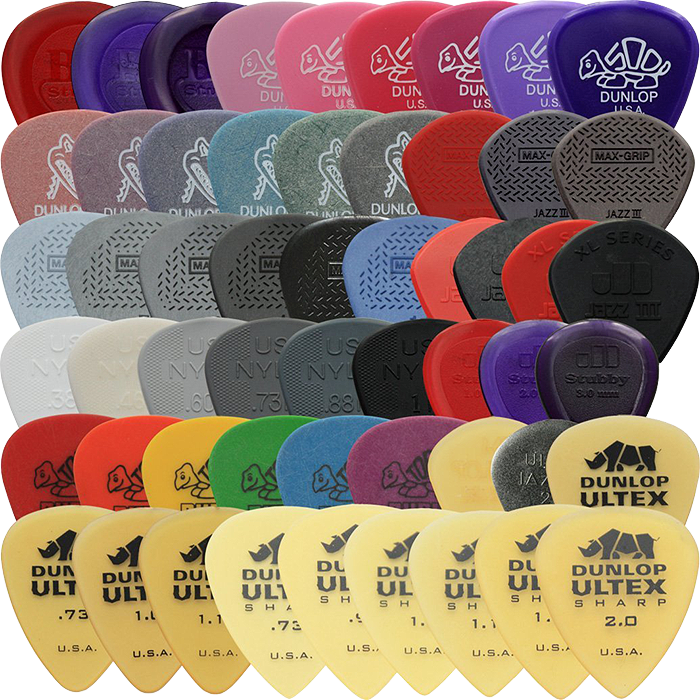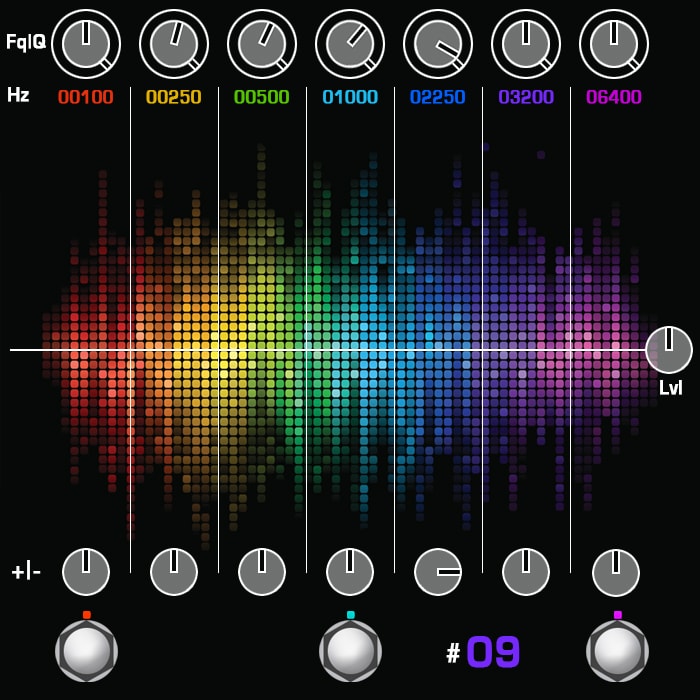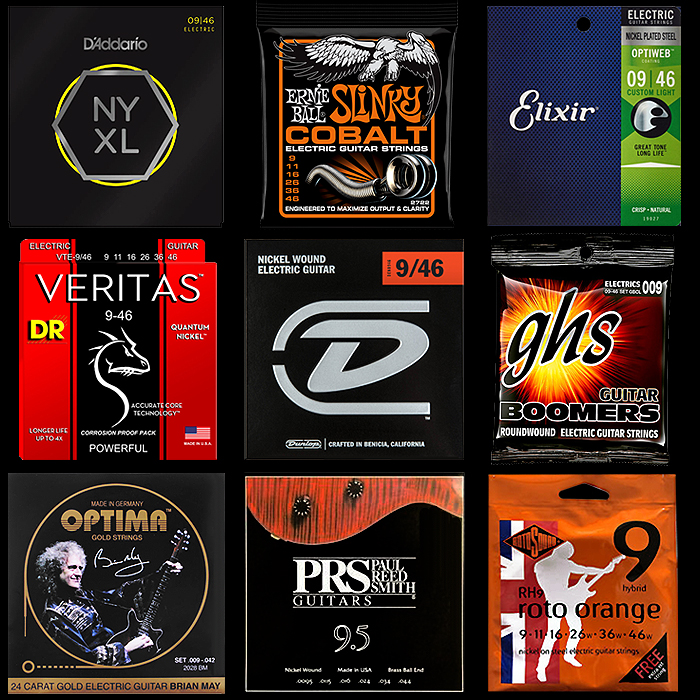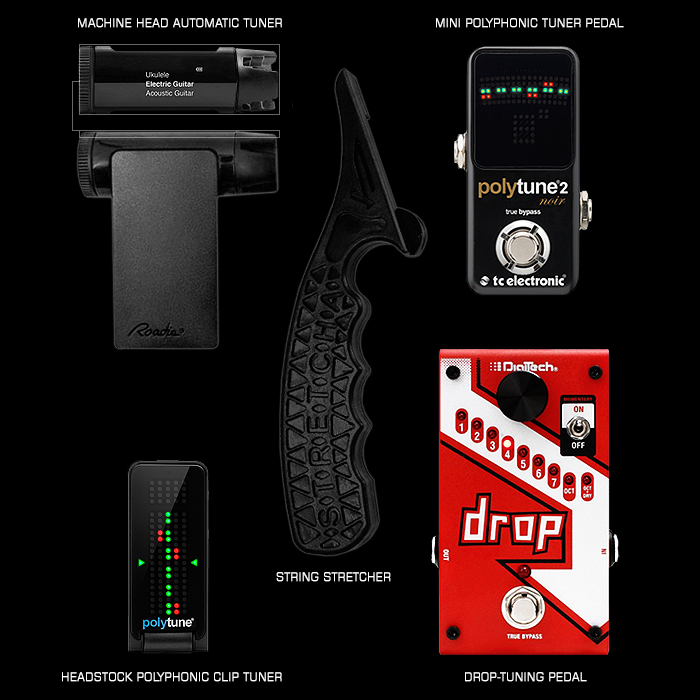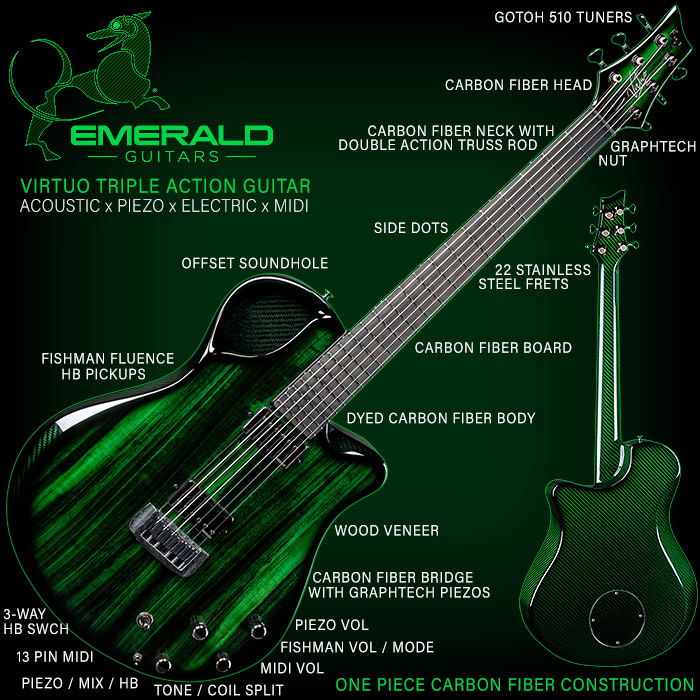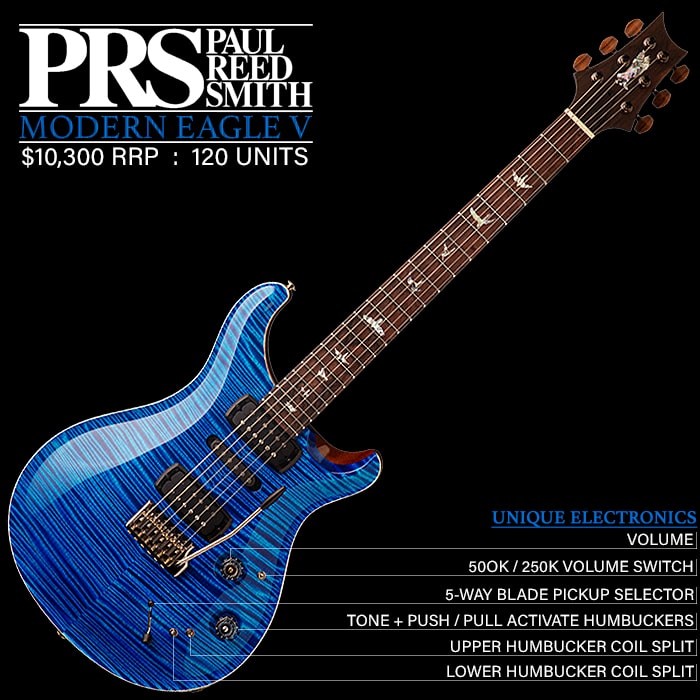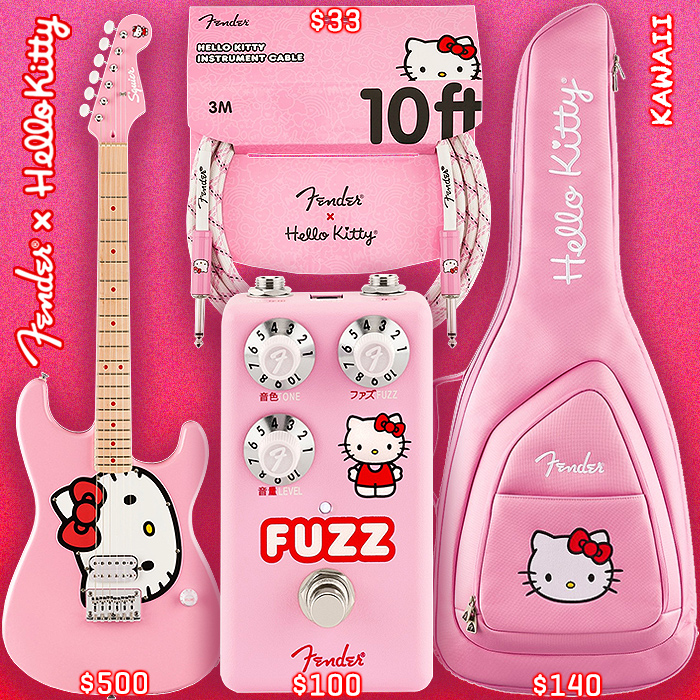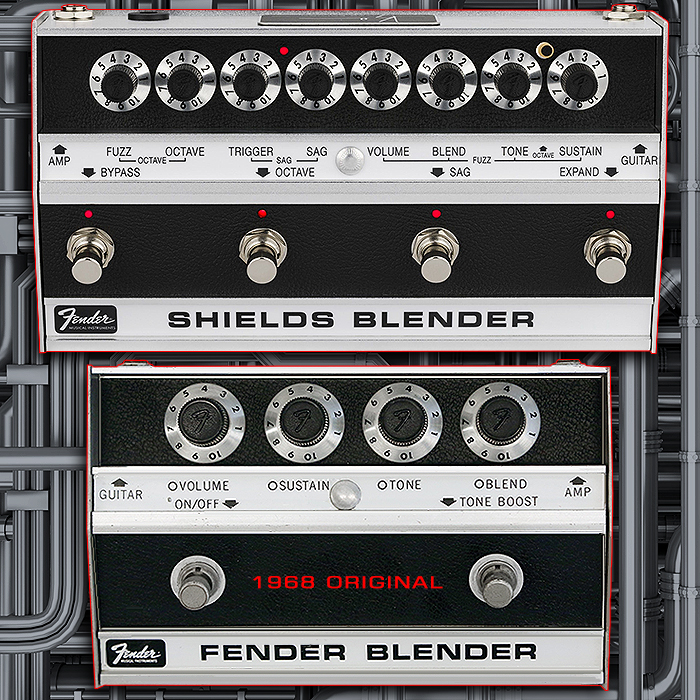The Still Omnipresent Twin Duopoly Dominates the Electric Guitar Marketplace
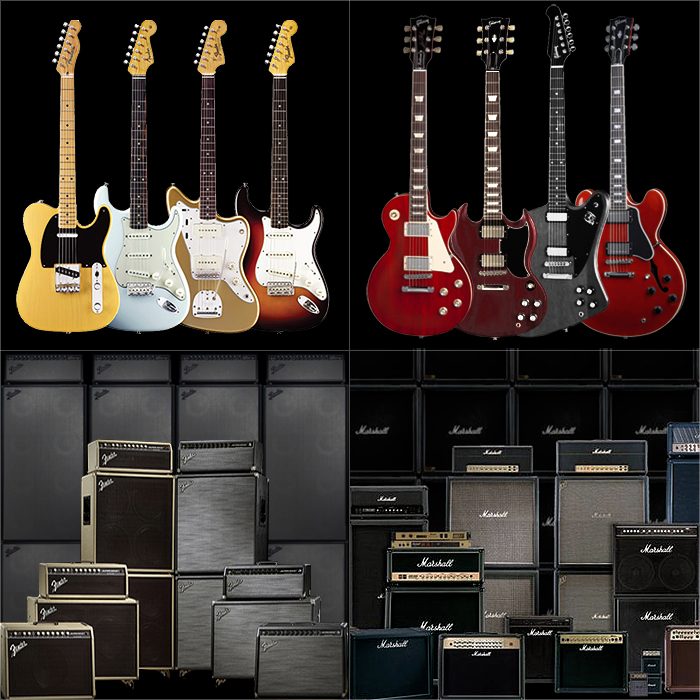
If you are in the market for an electric guitar, there are actually just 3 brands which together still totally dominate and skew the entire marketplace. And while the birthplace of the modern guitar (USA) has become more open-minded towards brands from other points of origination. The UK is still very much overly skewed toward just a handful of brands. I’ve just completed watching the highlights of the BBC Big Day Out event in Hull, and the dominance of Fender, Gibson and Marshall is still so evident in the instruments and amp choices of the various band members.
When you are considering buying a guitar, then the starting point is typically whether you want a brighter, spanky, sparkly sound (Fender) or a deeper, richer more satisfying rock tone (Gibson). There are a few outliers here (Gretsch, Rickenbacker etc.), but the vast majority of electric guitars made worldwide can draw their inspiration back to either a Fender Stratocaster or Telecaster, or Gibson Les Paul, 335 or SG.
Fender also has the advantage of being one of the major powers in guitar amplification. The vast majority of amps these days owe their inspiration or heritage to either the clean channel Fender sound, or the saturated Marshall rock sounds of the 60’s or 70’s. Again there are some outliers here - e.g. Vox. But nearly all guitar amp engineers started their careers by pulling apart and modifying either a Fender or Marshall amp.
Being an avid follower of all things guitar currently, it is hard not to notice the dominance of those 3 brands in all things, particularly on this side of the water. Nearly every guitar shop you enter is dominated by Fender and Gibson displays, those brands get the majority of YouTube videos and promotional mindspace.
To such an extent that the buyer does not always get presented with the very best information on what is truly available out there. When watching head-to-head reviews and comparisons, some of the key contenders are often missing from the selection presented - meaning that you will frequently miss out on the best likely choice for your needs.
There’s a real element of luck here in what you come across, and what you are fully exposed to - in order to come to a reasonable decision. You have to tread very carefully when viewing recommendation or review videos, and you must consider from what pool the evidence is being gathered - for a lot of the time the data is not fully representative, and if you go to the marketplace with too limited information, you are likely to make the wrong choice.
The vendors are always saying - use your ears and and other senses - eye for details and fingers for feel - yet they are often guilty of skewing what they present for our consideration. In too many circumstances, their commentary and purview is skewed towards those big dominant brands, understandably in some ways as they account for most of their sales, but it’s a bit of a catch 22 that will never change if the smaller brands never get a proper look-in. I’m not dissing the big brands here, all make quality instruments across most price points, and both Fender and Gibson have cultivated their more accessible ranges - Squier and Epiphone respectively to cater for those on more restricted budgets. There are things I like about both Fender and Gibson and their associated brands, but my preferred guitar marques are currently Ibanez. MusicMan, PRS and Schecter - they just seem to apply a little more imagination and verve, and a touch more quality, all 4 also have lower cost lines too.
I would say as a rule of thumb, that however illuminating and entertaining, and seemingly thorough - you must almost always discount and ignore any demos and reviews carried out by vendors - think of them simply as introductions - from where you must carry out your own research. There are of course amazing product testers online - individuals such as Pete Thorn, Henning Pauly, Mike Hermans and Brett Kingman - whom I all follow and more, I also follow Phillip McKnight, Shane ’In The Blues’ Diiorio, Louis ’The Tone King’ and Steve ’Pixxy Lixx’. Even the mysterious ’Knobs’ and ’Dennis Kayzer’ for more unusual pedals...
The very first electric guitar I ever bought was a ’Super Strat’ - i.e. inspired by and evolved from a Fender Strat template / shape - the Ibanez Roadstar RG 440 with Floyd Rose. It was the heyday of 80’s metal and possibly the height of electic guitar culture, and Ibanez made Fender and Gibson seem somewhat fusty and old fashioned and out of touch. So my first guitar was yes inspired by a Strat, but very much a modern evolution of that - made in Japan with better build quality and fit and finish, and at a similar if not even keener price point.
When I came back to guitar again relatively recently I did all the proper due diligence and ended up with a PRS CE24 - the first core-range bolt-on neck guitar in more than 10 years, and made at the Maryland USA factory. This again is a ’Super Strat’ of sorts - more expensive than your typical Fender, but with amazing carved / curved bodywork, and superior craft and attention to detail - as well as greater versatility with its coil-tap switch.
I had for a long time been considering another Ibanez, but so many of the gurus I followed online rated and raved about the quality, playability and versatility of the PRSs - that I was soon won over. The end result being that I am very happy with my PRS, which sits right in the middle between a Fender Strat and a Gibson Les Paul (for tone) - the PRS versatility gives you an approximation of Fender-Style brights, and Gibson’s deep and rich tones, but does not exactly match either extreme. You can get PRSs which more closely match those particular guitars - say the PRS Swamp Ash Special or one of the McCarthy types; but getting all that tonality out of a single instrument is tricky, and you would need a few more pickups and wood combination hybrids to get closer. I have always had my eye on a PRS 513 (currently out of production) for an even closer approximation of that.
I am personally a very eclectic player who likes bits of everything, except acoustic really - I like more jangly style Chuck Berry and Shadows right the way through to harder Progressive Metal. Meaning that you could say I really need two wholly different guitars to cover the extremes of those sounds, but then there is equally diverse territory in between - and I don’t really want to end up with a roomful of guitars.
In fact I started out on this path with a mind to keep things simple, but such is the nature of guitar, that you will eventually need a few instruments to cover all the bases - and ideally for me the more versatile each individual instrument the better, but I still need to be able to achieve those extremes of tone. If truth be told, I play rock more than anything else, and my now two PRS guitars are both well suited to the task - even though I am looking for both a slightly brighter sounding guitar to complement what I have (Fender Aerodyne? or Nick Johnston Signature Schecter?) and a slightly deeper and richer sounding one (PRS S2 Singlecut? or PRS McCarthy Rosewood Neck) - so it all comes full circle again.
The path to the perfect sound has been a highly complex one though, having started out with modelling amps, before moving through to a hybrid stereo setup with a Boss Katana Solid State on the left channel, and a Carvin V3MC All-Tube amp on the right channel - and a tonne of pedals. I currently have two amps I don’t really use - the large Fender Mustang IV V2, and more compact Hughes & Kettner 18 Twelve.
The latter two mentioned amps were kind of mistakes to a degree although possibly rather just part of the education truly, and while I still use them occasionally, they will undoubtedly be swapped out at some stage. I have mentioned my enormous admiration of the MESA/Boogie Mark V - which will be mine eventually and will knock out the H&K. And in terms of swapping out the Mustang IV, which is great for Fender Clean tones, but a little bit lousy for ’rawk’, I am increasingly liking the Peavey Vypyr Pro 100 with Sanpera Pro Foot Controller. I believe those 4 amps would give me the greatest possible range for the least overall outlay.
So probably my magic number / ratio for guitars and amps is 4 : 4 - while the ideal number of pedals is another question entirely ...








